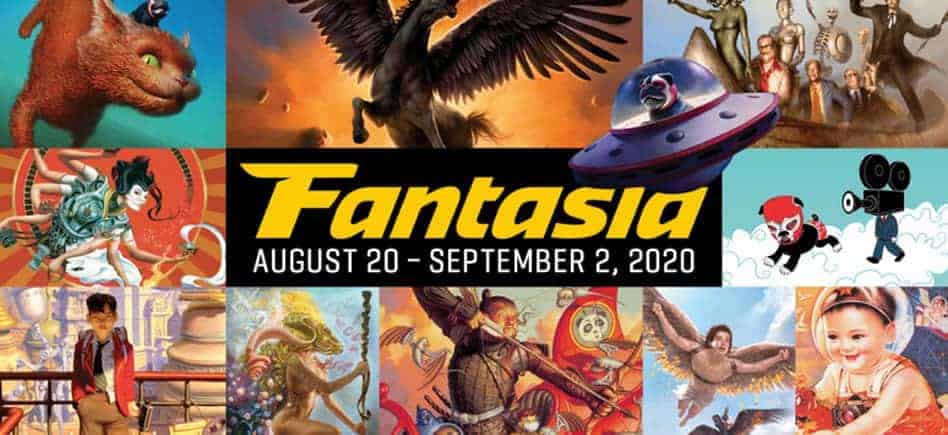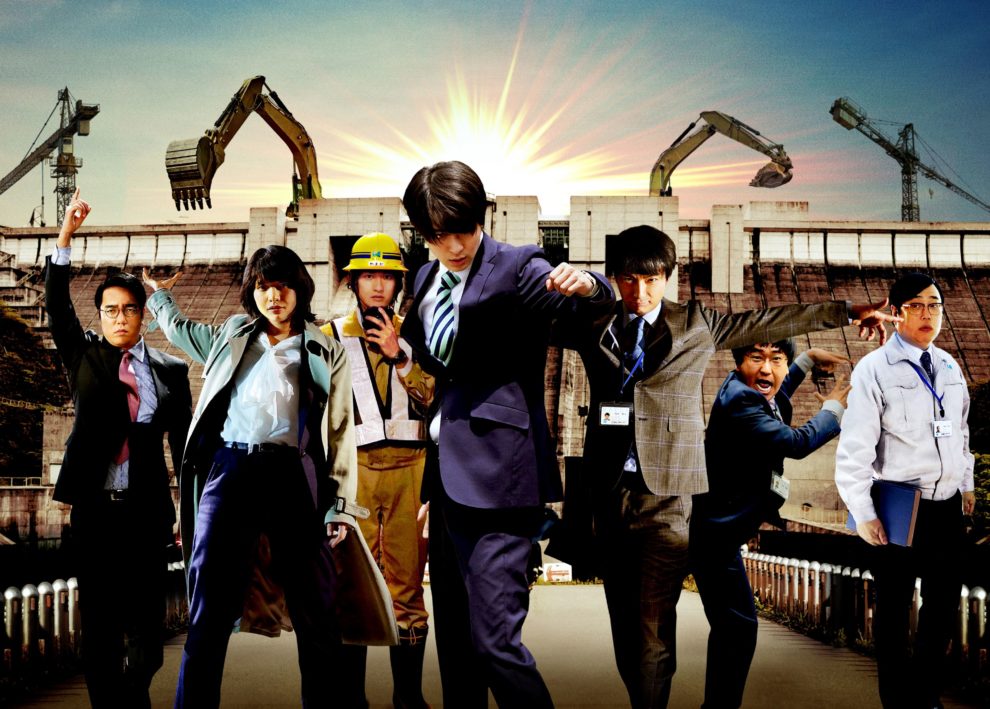Two of most renowned characteristics of the Japanese people are their love for manga/anime and their inherent persistence and methodic way of doing things that lets them go to “places” others would not even dream of going. In case you have not heard, these two aspects are now coming together in the construction of a real life Gundam robot, but this is not the only example. The Maeda Corporation Fantasy Marketing Department is a team of five engineers from the aforementioned civil engineering company, whose members, back in 2004, released an essay online outlining what it would take to build Mazinger Z's iconic hangar—which includes an elevator rising up through a swimming pool that splits in half. Now, more than 15 years later, their effort has been turned into a movie, that also features the creator of the original manga, Go Nagai, in a cameo.
“Project Dreams: How to Build Mazinger Z's Hangar” is screening at Fantasia Festival

The film highlights the efforts of the team to reach a result that seemed impossible at the beginning, focusing on both the individuals who comprise the team and the procedures that would be necessary to create such a colossal construction. The initiator of the whole process is Aegawa, marketing director at the Maeda Corporation, who, after something that initially looks like a whim, forces his team to “volunteer” for the project of creating a research on how the hangar of the iconic Mazinger can be created. The response of his group members, however, varies significantly. Chicada, who is soon revealed an otaku, is on board almost immediately, even bringing the DVDs for the group to study. Bessho does not want to deal with such a ridiculous project but cannot go against the flow of his higher ups. Doi and Emoto, the two youngest members are absolutely against it, and do everything to get away from the tedious effort. However, the two men eventually turn due to “external” intervention, while Emoto becomes rather interested after a meeting with Yamada, a land surveyor who manages to explain the “boring data” to her through snack metaphors. Their path however, has many difficulties, both from the rest of the members of the company who continuously mock them, and from the actual technical difficulties of the project.
Tsutomu Hanabus directs a very entertaining movie based on real events, by combining elements of comedy with a plethora of educational aspects. In that regard, the quirky sounds, the hyperbolic gestures and acts, the mocking of the corporate world (“Listening to our clients unreasonable commands is our mission”) and the obsession of the otaku all follow the same comedic path, with the last two, additionally, providing a kind of social commentary.
The educational part is probably the most impressive visually, with the presentation of the procedure of digging underground tunnels, building dams, manufacturing huge pumps and a number of others being truly imposing. It is in these scenes that the combination of cinematography and VFX finds its apogee, along with the scenes with the actual construction. The editing could be a little tighter, since at almost two hours, the movie somewhat overextends its welcome through some unnecessary episodes, but the rather fast pace actually compensates for this.
Hiroaki Ogi as Asagawa, Mahiro Takasugi as Doi, Yusuke Kamiji as Bessho, and Chikara Honda as Chikada, all portray their characters with the aforementioned hyperbole, more or less. Therefore, it falls on the hands of Yukino Kishii as Emoto and Keita Machida as Yamada to hold the fort of seriousness and not allow the film to become farcical, something they achieve through their impressively measured performances, which also highlight their chemistry.
“Project Dreams: How to Build Mazinger Z's Hangar” is a very entertaining film that highlights how even the most absurd dreams can become true, particularly when conceived in Japan.















